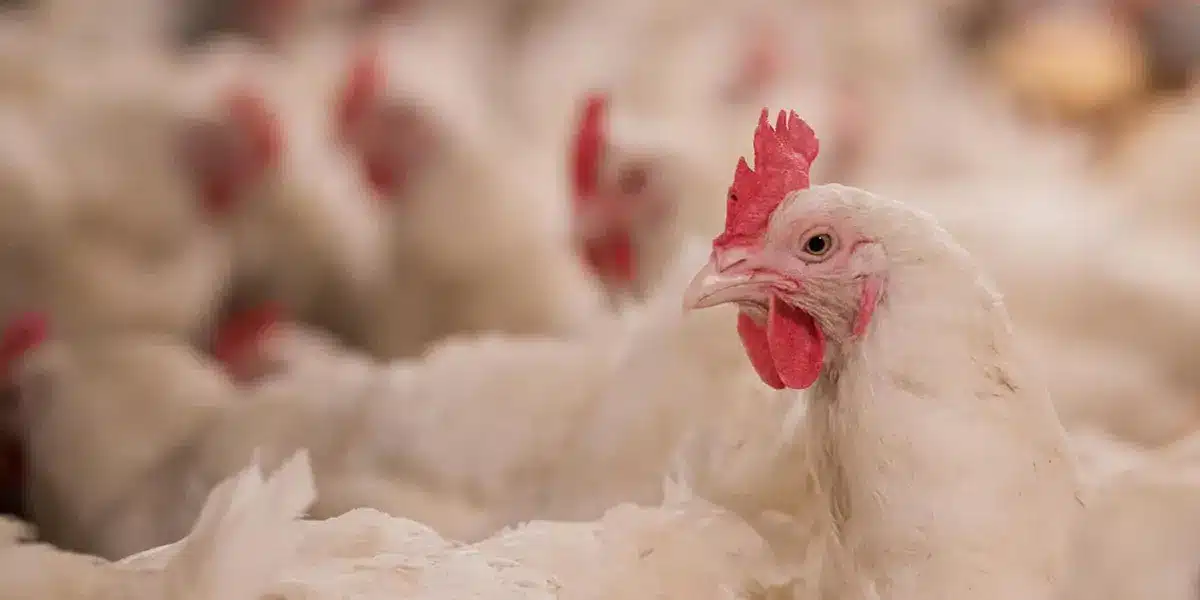Europe has one of the world’s most significant and substantial poultry populations, exceeding 10 billion individuals, about 60% of which are laying hens.
Poultry farming plays an important role in Europe’s food industry, but it does not fully meet the demands of the population. Poultry meat and chicken eggs are the most popular and biologically valuable products in Europe.
The economic role of poultry farming is significant, varying among species in terms of product structure:
- Chicken for commercial egg production and meat production
- Geese
- Ducks
- Turkeys
The diversity of housing technology shows great variety based on species characteristics and utilization directions. Increasingly, the focus is on natural rearing methods that meet the needs of the species and consider animal welfare. Broilers (meat chickens) cannot be kept in cramped cages during their 5-6 week rearing period. Natural housing is essential for commercial egg-laying flocks to produce organic eggs, which have a much higher market value than those produced using confined housing technology. This rearing technology emphasizes the high quality of the final product, making poultry meat and eggs produced this way more valuable as food ingredients compared to those produced using closed housing systems. Breeding flocks for hatching eggs follow a predetermined breeding strategy for producing hatching eggs, raising day-old chicks, and maintaining health.
For waterfowl (geese, ducks), it is essential to have natural or artificial water surfaces where they can bathe, clean their feathers, and mate according to their physiological needs. Their eggs have a thicker wax layer than those of chickens, as waterfowl nests are in moist environments.
The Economic Significance of Poultry Farming in Europe
Poultry farming is a significant economic activity in Europe. Poultry meat and eggs are valuable export/import products in the region.
In 2022, Europe’s poultry meat production exceeded 15 million tons, of which about 7.5 million tons were exported. The region’s egg production exceeded 120 billion, with about 50 billion eggs exported. International regulations on animal product trade allow poultry meat to be imported from outside Europe if it meets strict animal health conditions.
Challenges of Poultry Farming in Europe
Poultry farming in Europe faces several challenges. These include the growing demand for animal welfare, stricter environmental regulations, and controlling the spread of epidemic diseases such as avian influenza or Newcastle disease.
The increasing demand for animal welfare prompts poultry farmers to reconsider their housing and feeding methods. Stricter environmental regulations require reducing the environmental impact of poultry farming. Disease outbreaks pose a serious threat to poultry flocks, necessitating vaccination of breeding flocks.
The Future of Poultry Farming in Europe
Poultry farming must respond to these challenges to maintain its sustainability and competitiveness in future Europe and globally.
The following trends are expected in the future of poultry farming:
- Growing demand/expectations for free-range poultry farming.
- Production of biologically valuable feed materials and the spread of modern and economical feeding technologies.
- Further tightening of animal welfare regulations, requiring continuous technological development.
- More effective disease control with modern technologies and vaccination, increasing the disease resistance of poultry hybrids and waterfowl breeds bred for specific uses.
These trends may increase the production costs of poultry meat and eggs but contribute to the sustainability of poultry farming. They will increase the market demand for produced products and ensure the animals’ well-being, thereby extending their economically useful lifespan.





